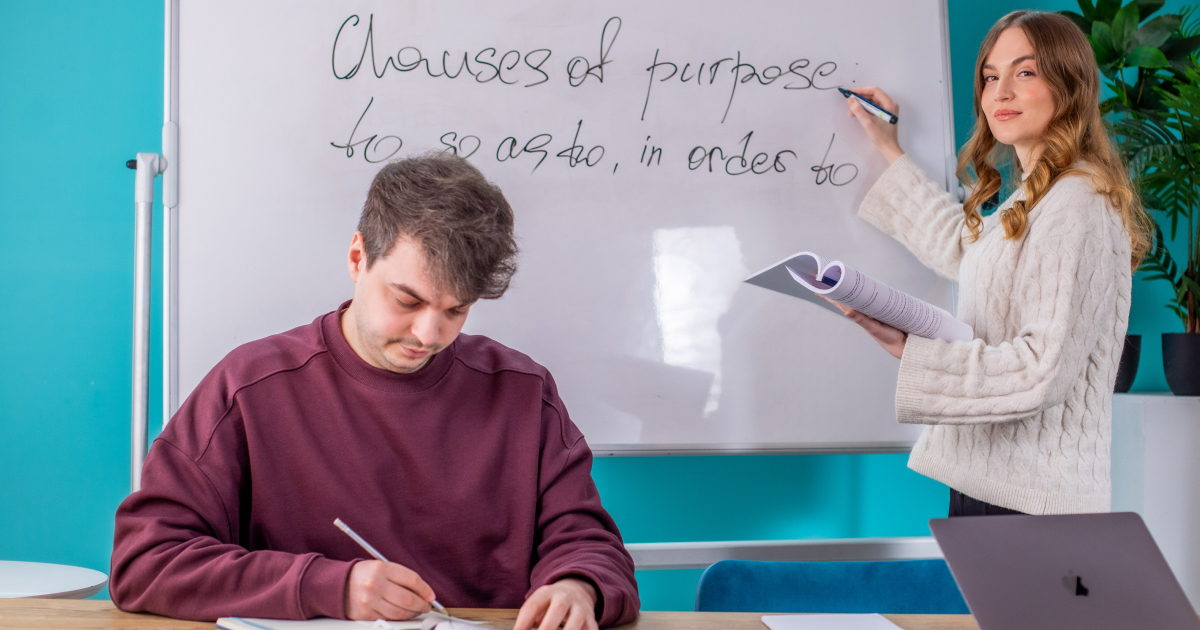Making YL speak English from the start
- Teaching qualifications
- Activities
- Tips & Strategies
- Methodology

10.04.2025
Teaching English as a Second Language (ESL) in a mixed-ability classroom presents a unique set of challenges.
Students come from diverse backgrounds, with varying levels of language proficiency, learning styles, and motivation.
Task-Based Learning (TBL) offers an effective approach to engaging all students by focusing on meaningful communication rather than isolated grammar drills.
However, handling mixed-ability classes within this framework requires careful planning, differentiation, and classroom management strategies.
Before gaining experience working with groups of students, the thought of managing a class with varying abilities seemed overwhelming.
However, through practice, I came to realize that these challenges not only keep me on my toes but also provide valuable opportunities to refine my teaching skills and enhance student outcomes.

Get started with TBL
Join our courseHow do you understand that you have students with different abilities? Does it happen at the first lesson?
Usually yes, however, some students may show their knowledge gaps later during the course.
Mixed-ability classrooms typically include learners with different levels of fluency, comprehension, and confidence.
Some of the main challenges that I have noticed may be:
Using TBL in YL classroom
TBL revolves around engaging students in real-life communicative tasks.
To accommodate different abilities, tasks should be designed with flexibility in mind:
Effective grouping can make a big difference in task performance and student engagement:

Assigning roles within a task can ensure that all students contribute meaningfully.
Here are examples of roles that you can assign:
By assigning roles that match students’ strengths and gradually rotating them, all learners get a chance to develop different skills.
Mixed-ability classrooms require flexible assessment and feedback strategies:

The History of the Method: Methodological Innovations After CLT
Read moreHelping students take charge of their own learning fosters motivation and accommodates diverse abilities:
How to help a student catch up with their peers
Keeping all students engaged requires a balance between structure and flexibility. What are the essential points of it?
Here is my top list:
Mixed-ability classes may present challenges, but with a task-based approach and thoughtful differentiation strategies, teachers can create an inclusive and engaging learning environment.
By designing flexible tasks, grouping students effectively, providing scaffolded support, and fostering autonomy, ESL teachers can ensure that all students benefit from meaningful language learning experiences.
Ultimately, the goal is to help every learner progress at their own pace while actively participating in communicative tasks that enhance their English proficiency.
For me it is super important to stay updated on my students’ expectations, therefore I systematically gather feedback from them on how their learning process is going.
Don’t be shy to ask your students because only then you will be able to build long-term relationships that will inevitably lead to success.
Do you think providing scaffolding, such as sentence starters or vocabulary banks, is helpful for students with lower proficiency levels in a task-based lesson?
Solomiia Korchynska
Author
Teacher of General & Business English
Comments
Leave your comment